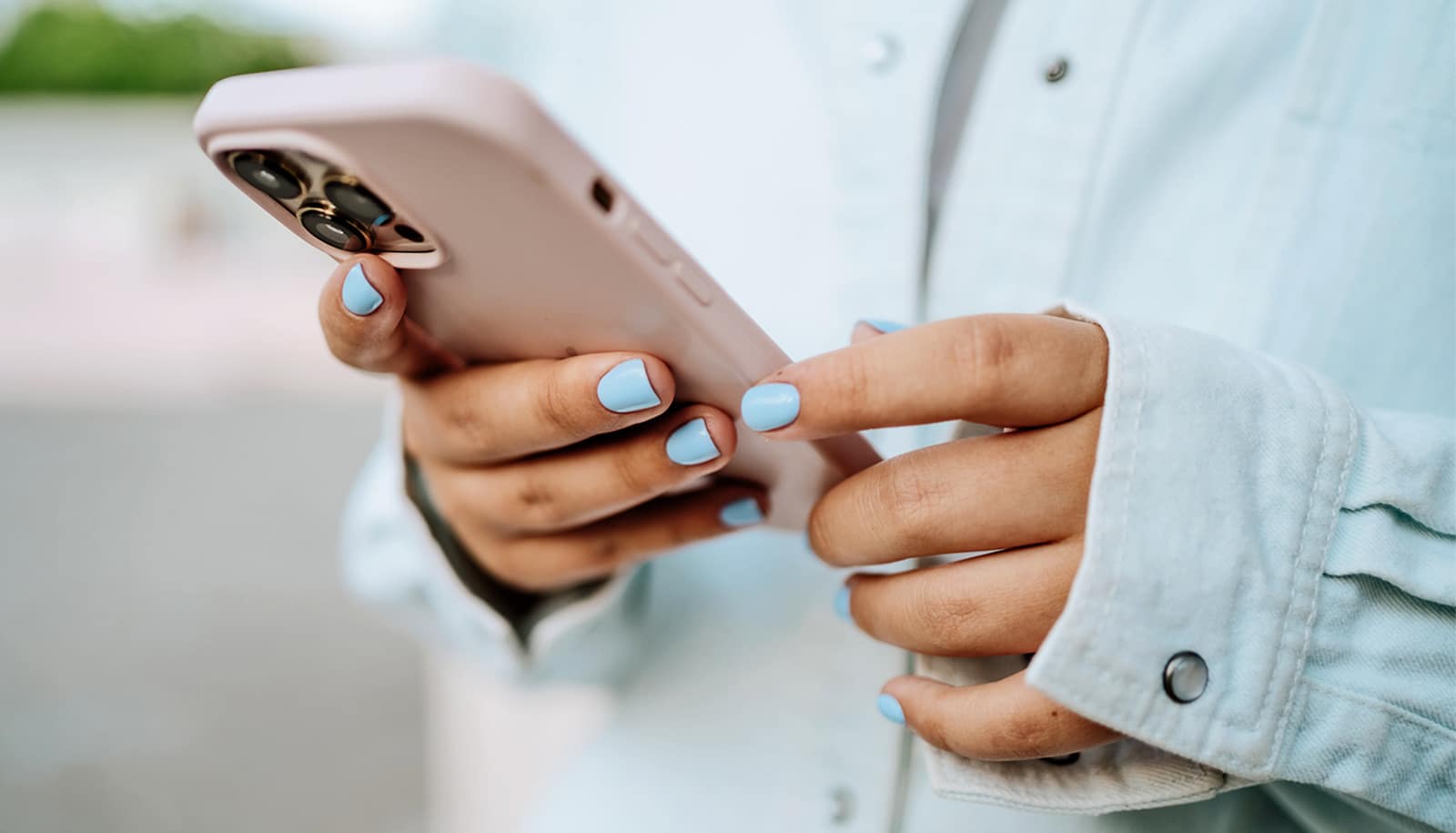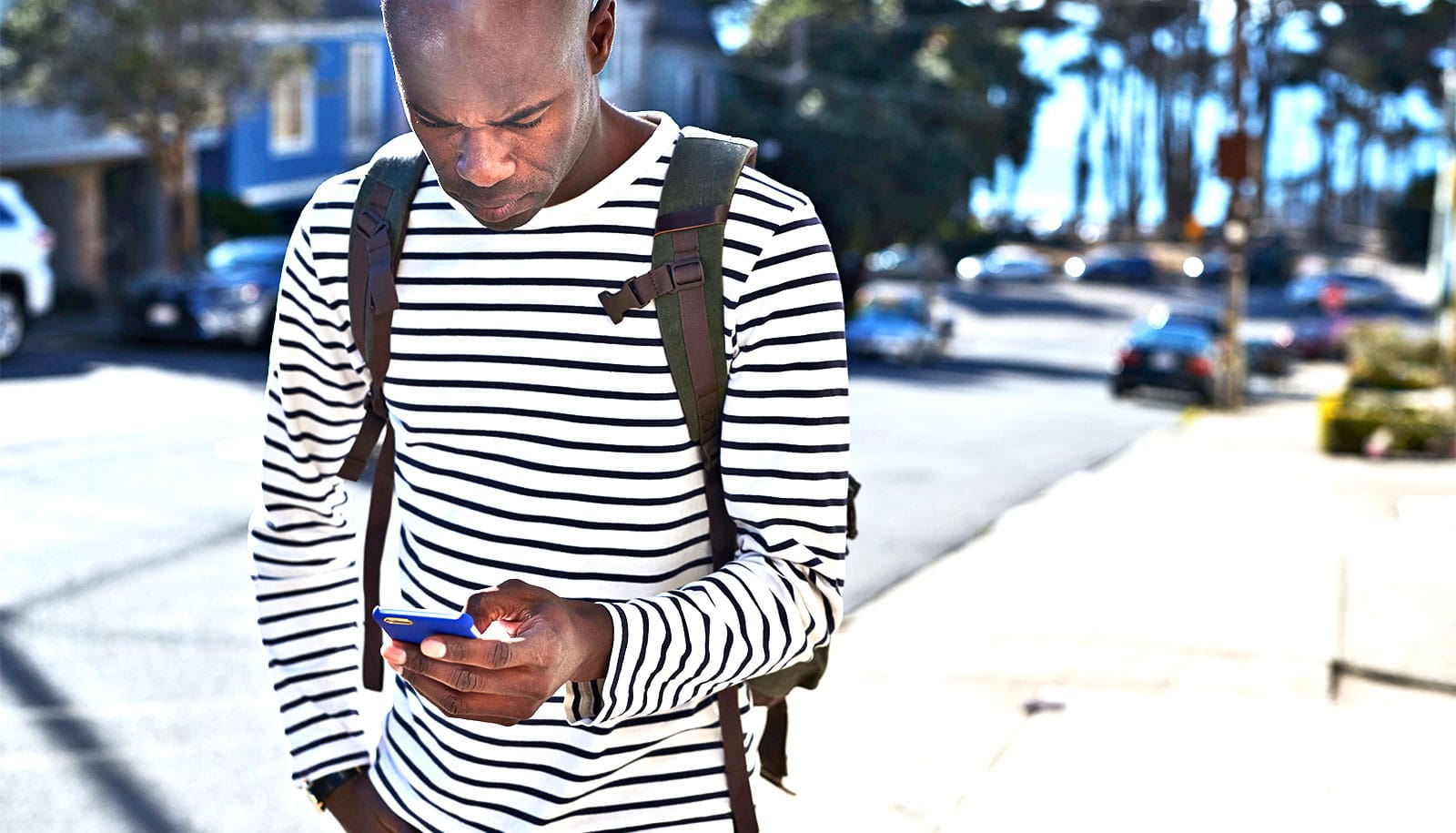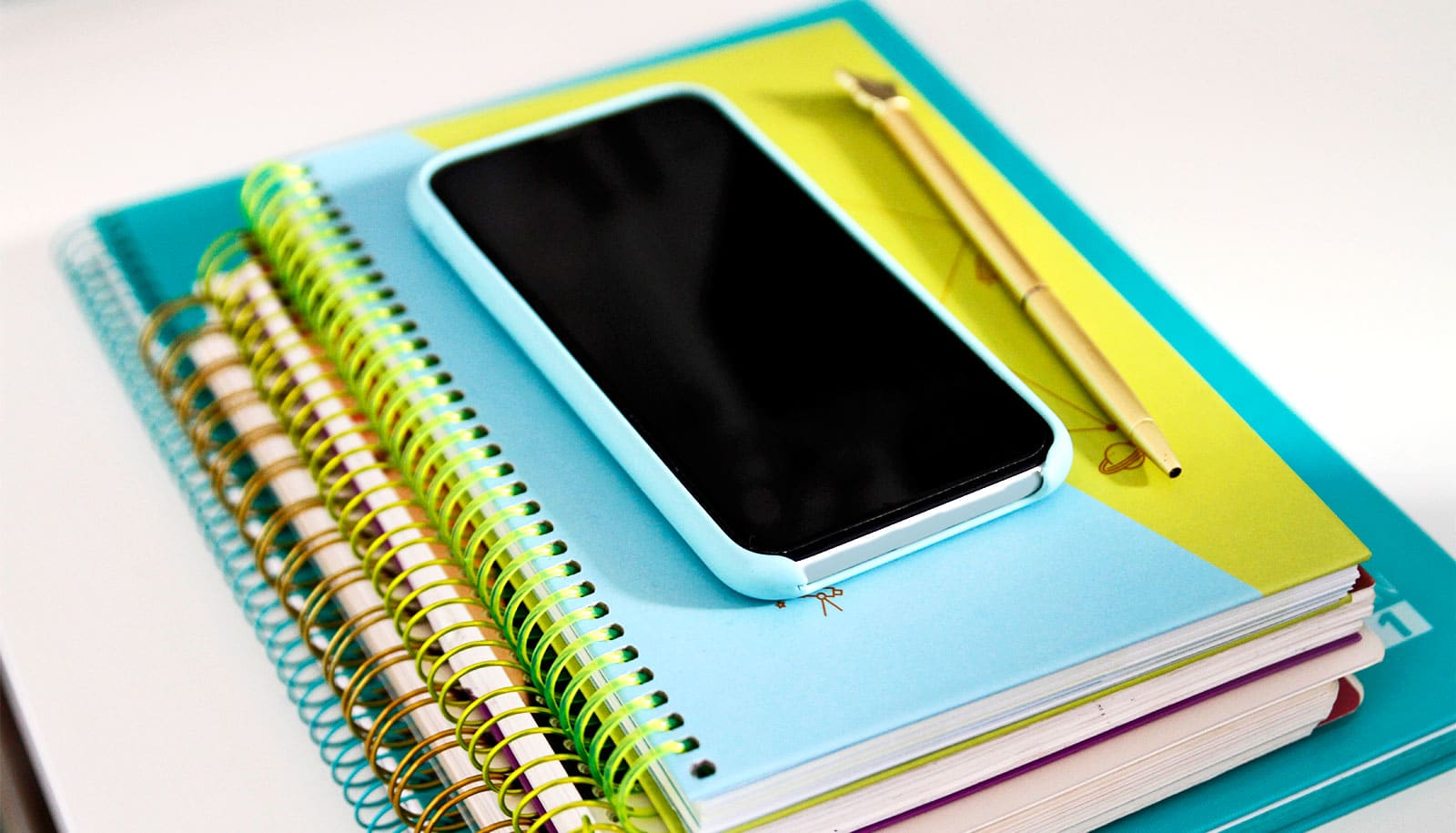A new app helps patients with muscular dystrophy control a robotic exoskeleton that assists with everyday tasks like drinking a glass of water or turning on a light switch.
“I like that the app is very simple and, because it’s on my phone, it’s always in my reach if I need to adjust the arms…”
Zach Smith has Duchenne muscular dystrophy, a genetic disorder marked by progressive muscle degeneration. His lack of muscle control and use of a wheelchair made him a prime candidate for a computer-controlled exoskeleton arm.
Talem Technologies gave him an X-Ar exoskeleton that allows him to do many daily tasks, but keeping everything level proved to be a challenge. That’s where a team of Michigan State University students stepped in.
Working with the Talem Technologies and Urban Science, a Detroit-based consulting firm, a team of computer science students developed an app that allows Smith, who lives in Orlando, Florida, to maximize the use of his bionic-looking arms.
“I like that the app is very simple and, because it’s on my phone, it’s always in my reach if I need to adjust the arms,” Smith says.
“I believe that with the arms being powered by this app, that they’ll be able to be used to their full potential,” he adds.

The app is called Mobile Maestro, and it’s available for iPhones and Android devices. The app conveniently puts the exoskeleton’s controls on the user’s phone.
Mobile Maestro is operated via a simple light touch or voice commands. Using the phone’s gyroscope technology, the app also can be set to auto level. (The team was particularly excited about offering this feature.) Another option allows Smith to lock the exoskeleton to let him and his wheelchair squeeze through tight spaces, such as doorways. This video shows the system in action.
Committing to a project that helps people who are sometimes overlooked appealed to the team.
“There is a humanitarian aspect to our project that we liked,” says team member Alex Wuillame. “Our app helps people who are often forgotten.”
Talem Technologies has similar motivations. But since the company’s exoskeleton is purely mechanical, it needs to be calibrated to a stable angle of incline. Users initially had to use a key fob to make the needed adjustments.
Like many people, though, Smith always has his phone nearby. In fact, many times he keeps it mounted to his wheelchair. Rather than fumble for a key fob, having his exoskeleton under the control of his phone made better sense.
Leukemia drug may slow Duchenne muscular dystrophy
“We’re not looking at this as simply a student project; this is something that has commercial potential for anyone facing mobility challenges,” says Wayne Dyksen, computer science and engineering professor and executive director of Design Day, which featured Mobile Maestro and many other student-led projects.
Adding to that commercial viability is Mobile Maestro itself. As it assists mobility, it’s also collecting data on how people use the app. The team can then analyze where to make tweaks to improve functionality, as well as receive feedback from Smith himself.
Source: Michigan State University



